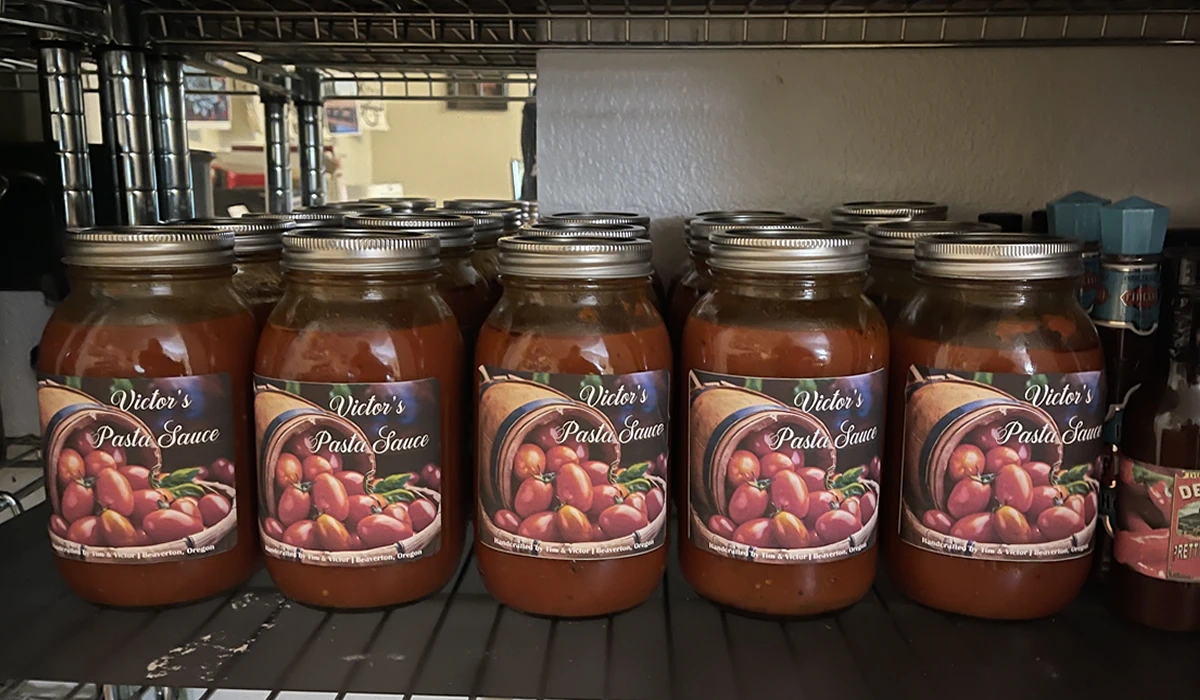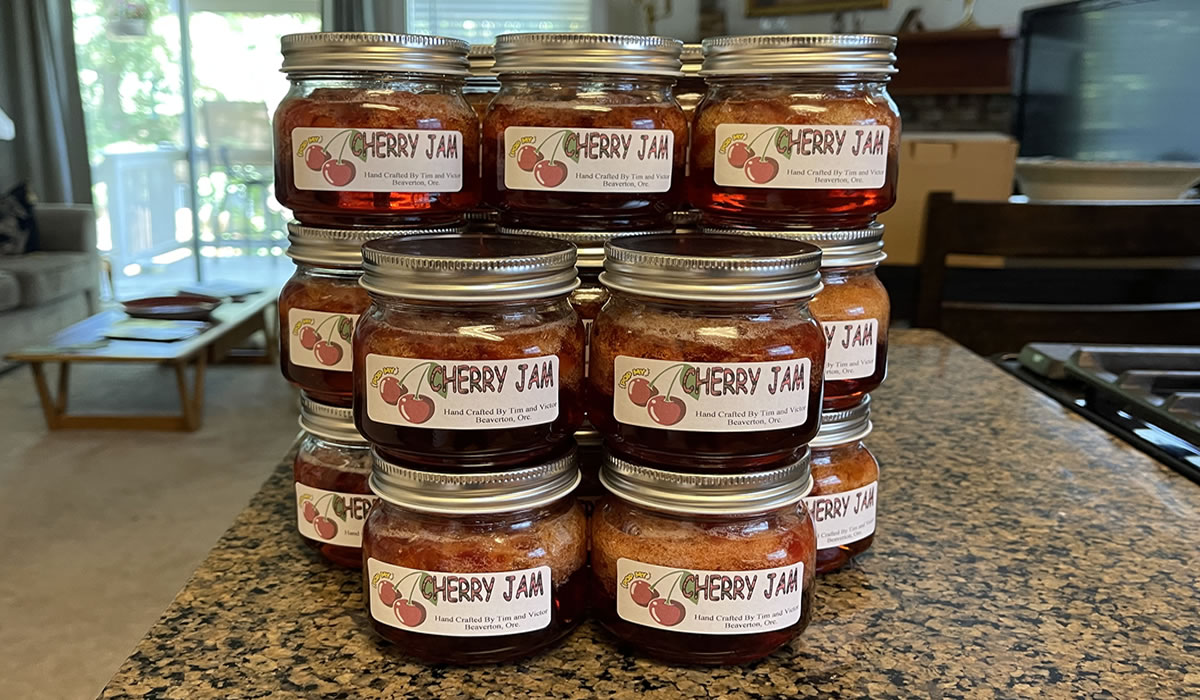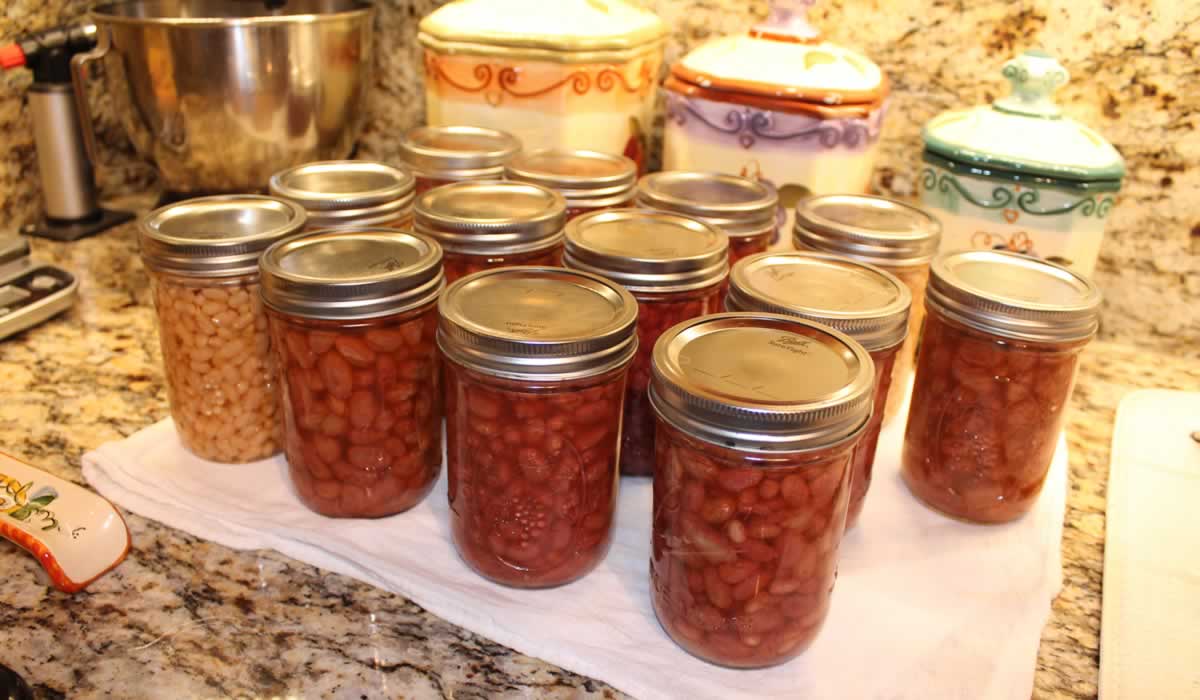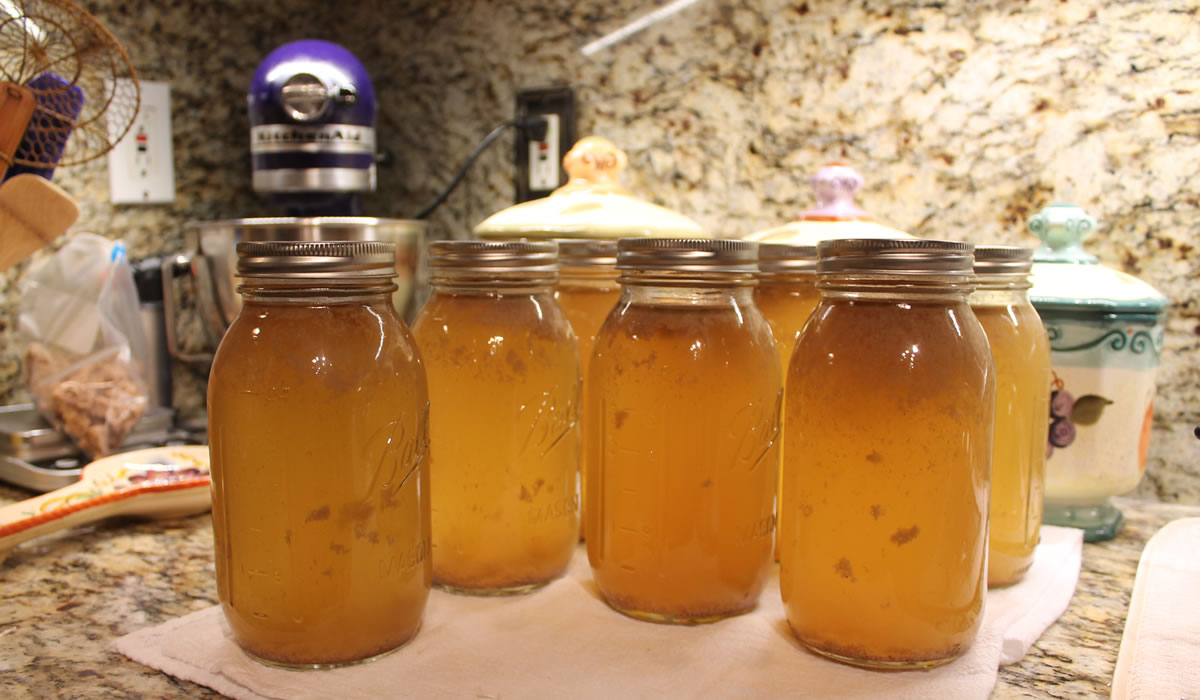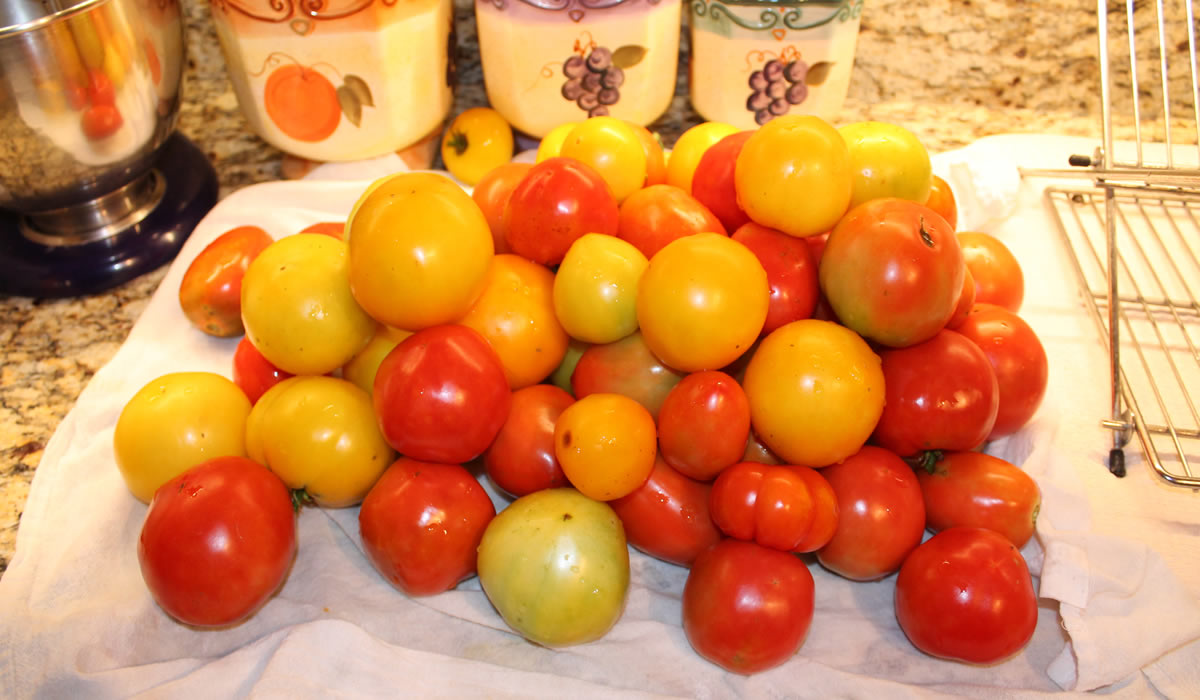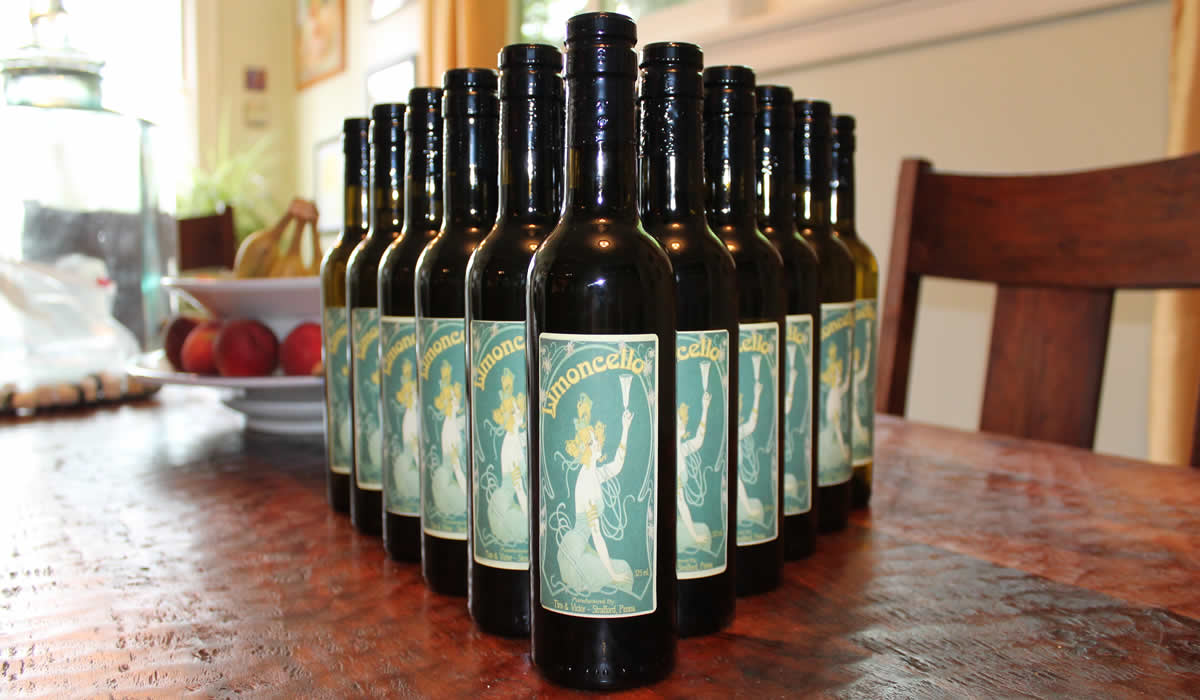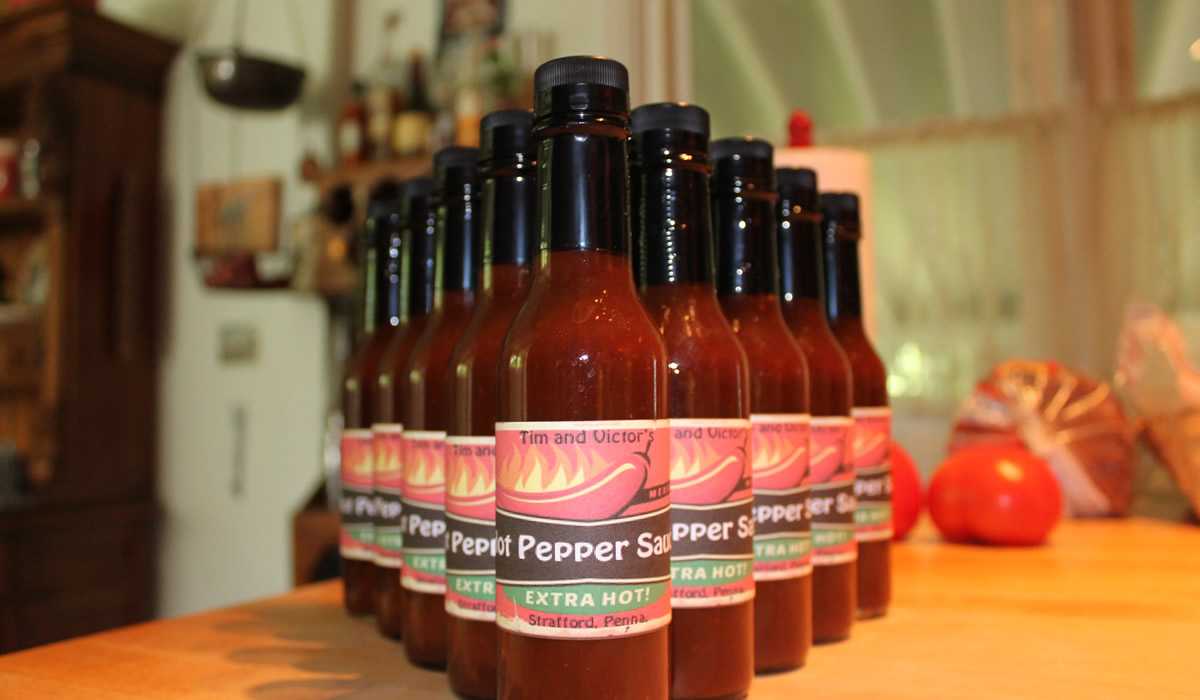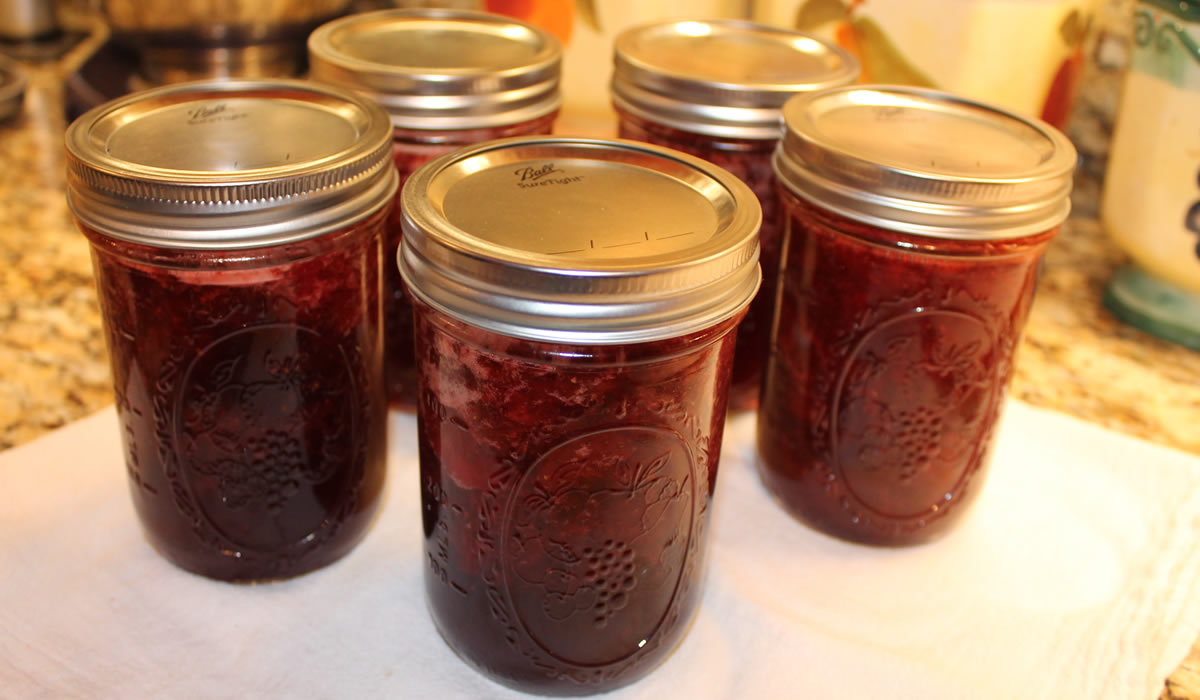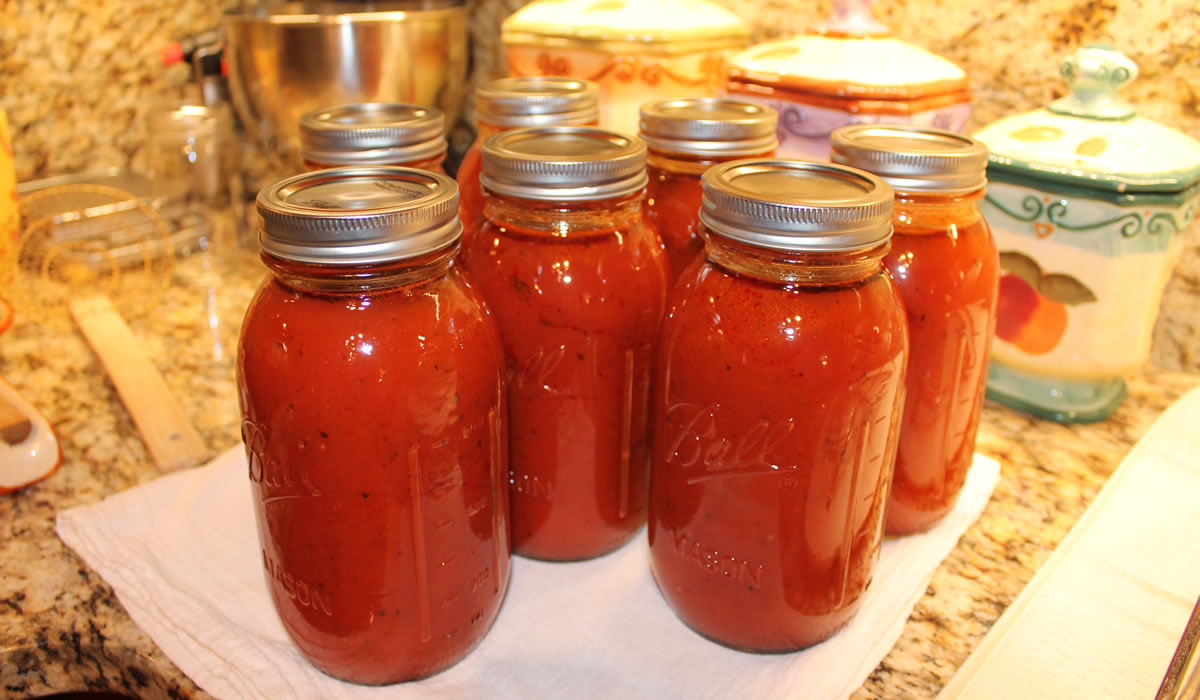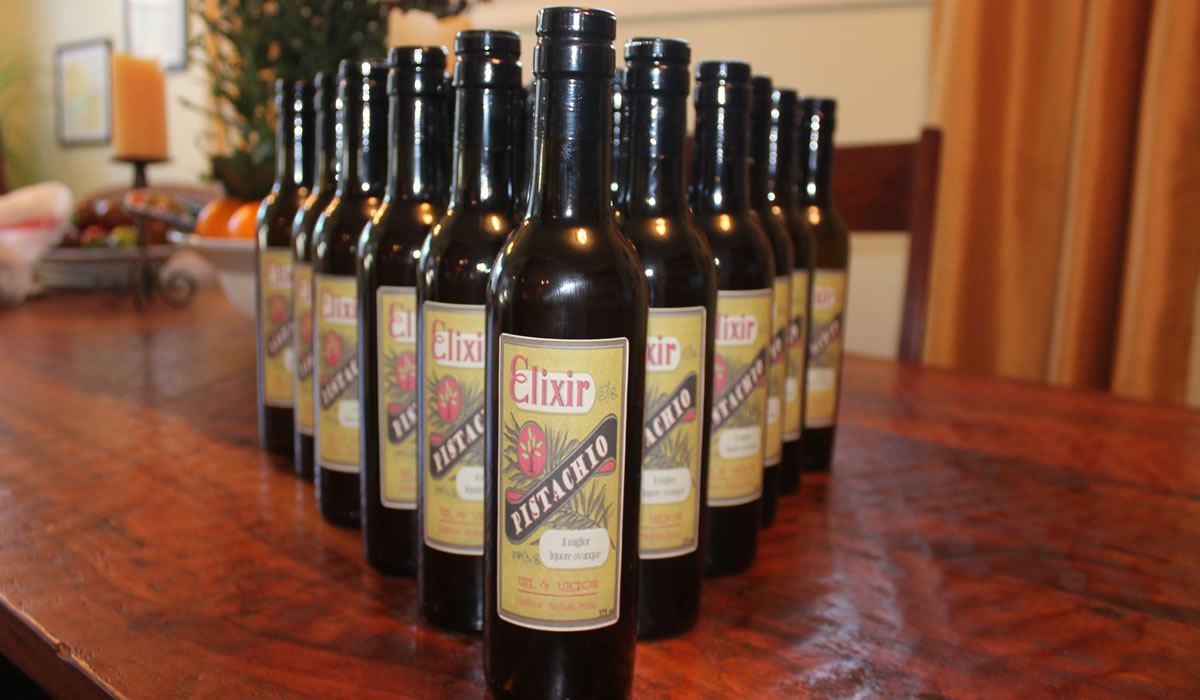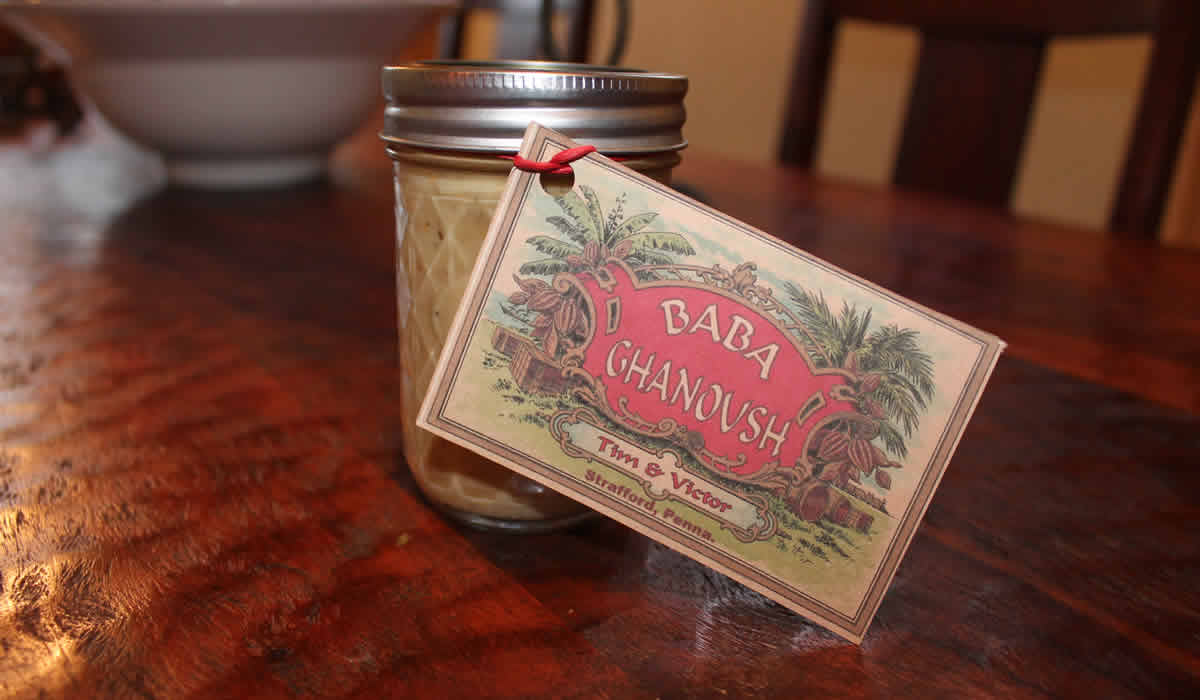Cooking Before Surgery
May 9, 2024
A New Batch of Sauce
January 10, 2024
Cherry Jam
June 22, 2021
Canning Dried Beans
September 25, 2018
Chicken Stock
September 10, 2018
Tomato Sauce
August 23, 2018
Limoncello
July 22, 2018
Dried Pepper Hot Sauce
July 12, 2018
Strawberry Jam
June 24, 2018
Breaking Out the Big Pots
June 16, 2018
Pistachio Liqueur in Bulk
October 30, 2017
Baba Ghanoush
October 21, 2017


